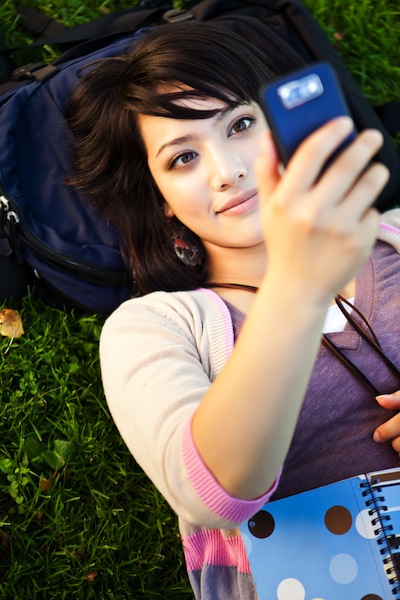We talk about Instagram quite a bit. The photo and now video sharing app is extremely popular and regularly controversial among parental discussions. Even though it’s known as a photo sharing app, the social media platform exemplifies the debate on children’s privacy and need for monitoring services. It’s a safe bet that the new introduction of Instagram Video service will keep the app in the forefront of the family monitoring debate for a while. You may question if monitoring your child’s social media is going too far or a modern necessity? Here’s some information to consider.
Instagram Stats
Instagram averages 100 million active monthly users or more and is the top photo sharing option for teens in the United States. Access to iPod touches, as well as iPhones and iPads and Android devices, have made it accessible to a huge range of teen and young adult users. Current estimates place Instagram at 1000 comments and 8500 likes per second, making the photo sharing app one of the busiest social media networks in the world. Source: http://www.digiday.
The flexibility of use and exposure among its users also makes it extremely popular with celebrities increasing it’s likability among our children. The list of celebs who regularly use the app ranges from names like Miley Cyrus to Michelle Obama. In the last year, stars like Rihanna, Justin Timberlake and Justin Beiber have received millions of comments, and hours of real media attention, by posting backstage photos of major events like the concerts and award ceremonies and even personal photos on Instagram.
Kids on Instagram
While Facebook remains popular with adults of all ages, the younger generation of social media users clearly prefers Instagram. Unfortunately through all the fun and connectivity most social media provides, it can also pose a significant risk to unattended kids and teenagers. The most prevalent and often discussed risks are bullying, inappropriate contact with adult content and inappropriate contact with adult users.
The current trend of Instagram beauty pageants encourages teenage girls to post pictures online so the entire Instagram community can rate them. Classmates and thousands of users, including unknown adults, rate these pictures and comment on if the posters are “pretty” or not. It’s a clear example of internet bullying and inappropriate contact with strangers that have no business interacting with a child online.
Even more frightening for many parents is the threat of interaction with strangers that Instagram can present or exposure to photos their kids just aren’t ready to see. Geo-tagging and other photo sharing options lead to some scary realities when it comes to child predators. Our kids may not quite understand how much information they’re actually revealing about themselves with a public Instragram profile and they may not stop to consider that sharing certain things like locations or name of their school with 100 million users isn’t a great idea.
As a modern necessity, MamaBear gives parents the option to monitor their kids’ Instagram and Facebook accounts for worrisome activity giving them an opportunity to discuss and protect their child’s reputation and well being. It saves parents time from scrolling through the fun and innocent photos and presents needed information to parents help keep our kids safe. Using the restricted words feature can inform parents of indications of bullying, hate or inappropriate language. And the follows notification can help parents monitor who their children follow. As always, be sure your children’s account is set to private and keep the conversation going about social media safety. Together we can keep social media the intended fun environment we all enjoy.
Try MamaBear free for Apple devices here and Android devices here.



